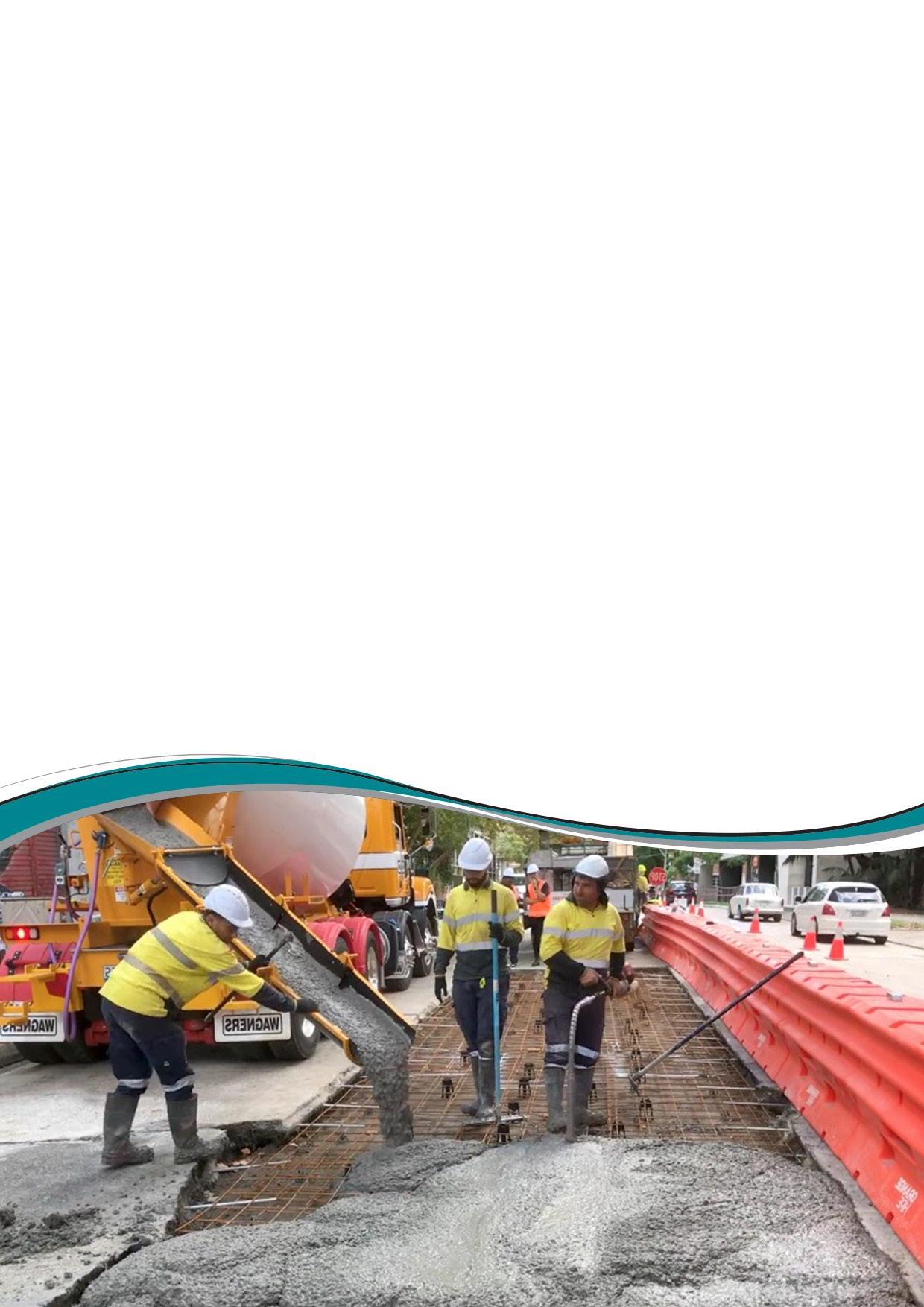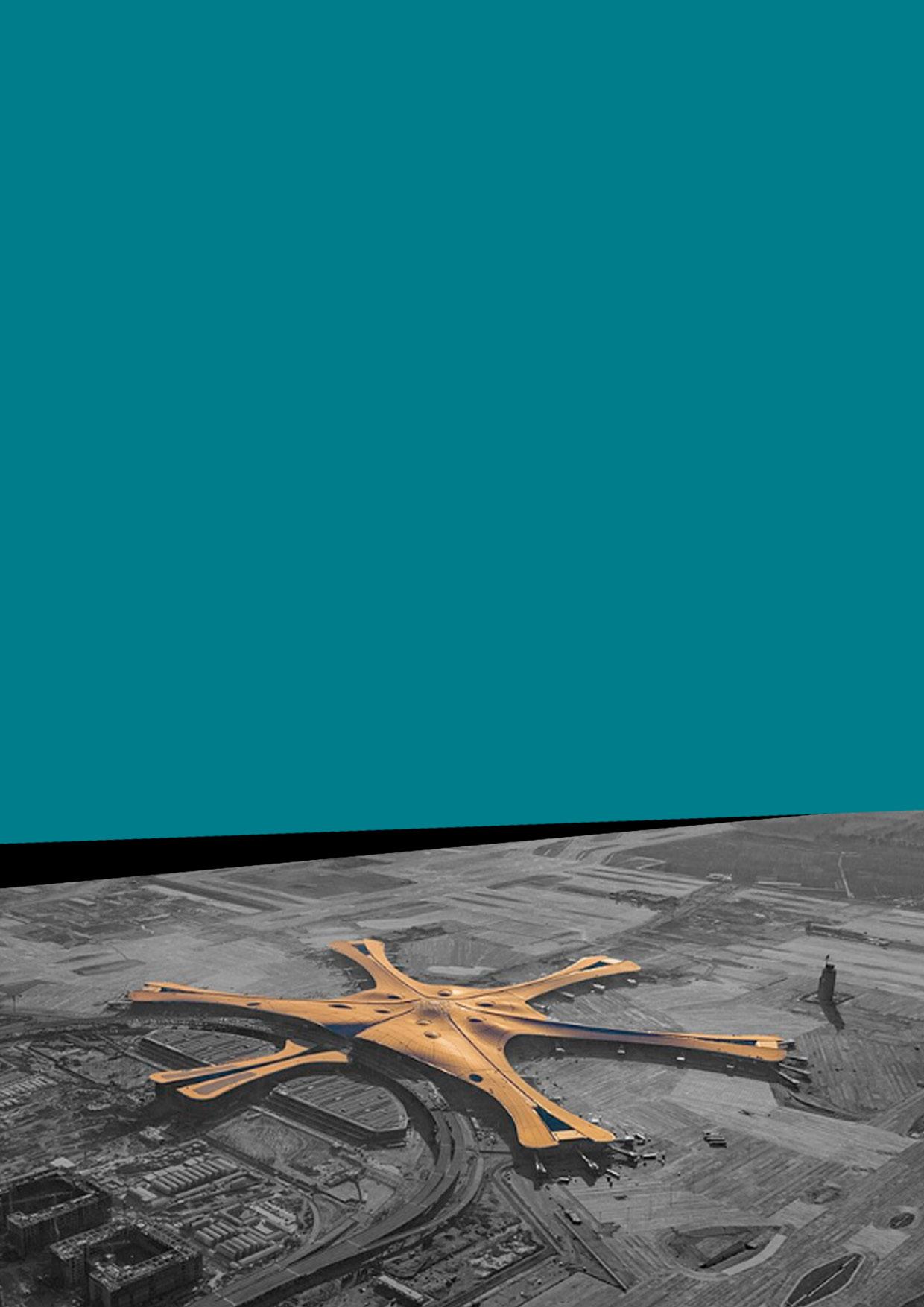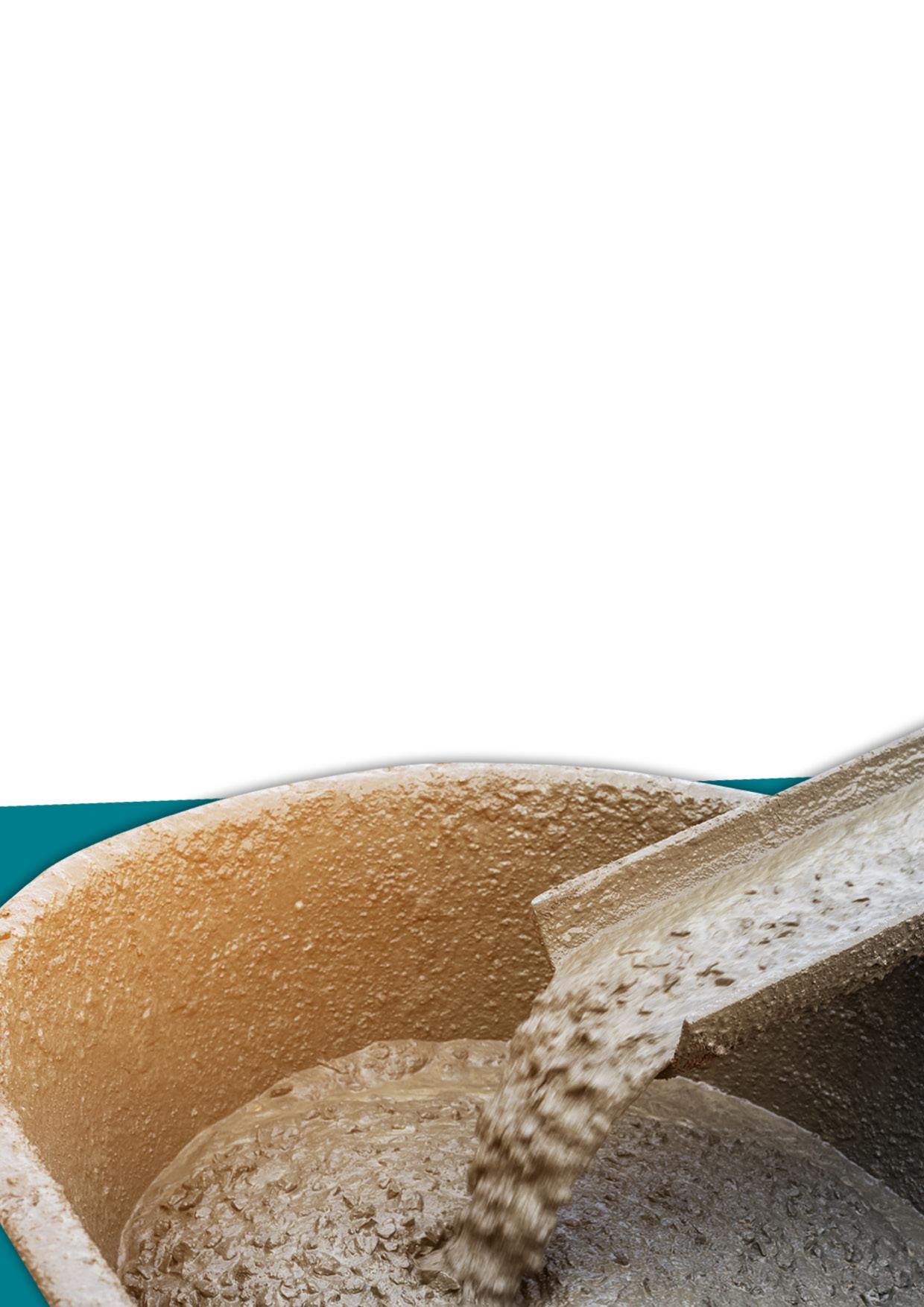
2 minute read
Heat Treatment Reduces Alkali Attack in Geopolymer Concrete
Fly ash, inevitably generated by coal-fired power stations which underpins our energy security, has more worth than residing in ash dams worldwide.
It’s ability to transform from a stored by-product into an environmentally friendly and economically savvy material is evident in geopolymer concrete. However, geopolymer structures exposed to highly alkaline conditions have shown low resistance, an undesirable outcome that researchers at the University of Johannesburg are tackling.
Leading the study is Dr Abdolhossein Naghizadeh who found high temperature heat-treatement (HTHT) can reduce these adverse effects on fly ash geopolymer concrete by half.
“The findings of our new study show that the alkali resistance of geopolymer concrete can be significantly improved by exposing it to an evaluated temperature, optimally 200 degrees Celsius,” he told the University
The Process The technical report explains blocks of fly ash geopolymer mortars were variously heat-cured at 100, 200, 400 or 600 degrees Celsius for 6 hours. These were then immersed in water, a medium alkali medium or an extreme alkali medium; and stored at 80 degrees Celsius for 14 days or 28 days, depending on the performance measurement.
“The hardened blocks heat-cured at 200 degrees, and then immersed in the extreme alkali medium (the “200/3M” blocks), maintained about 50% residual strength at 22.6 MPa upon alkali attack. The blocks heat-cured at the other temperatures maintained much lower residual strengths at 10.3 - 14.6 MPa,” said Naghizadeh.
“The 200/3M blocks immersed in extreme alkali medium displayed only limited fine cracking indicating low expansion, compared to the others which displayed severe cracking. Leaching of silicone and aluminium was lowest for the 200/3M blocks.”
The results displayed the attack could not be prevented, rather the heat curing significantly reduced the intensity of the alkali attack.
Instead of generating air and ground-water pollution, fly ash can generate strong geopolymer properties for use as a construction material. A powerful use of fly ash geopolymers is in precast concrete elements such as beams or girders for buildings and bridges, railway sleepers, wall panels and concrete pipes. By adapting the practical methods for heat-curing pre-cast Ordinary Portland cement (OPC), the geopolymer cementachieved early strength gain.
Series of scanning electron microscopic images: (a) and (b) show geopolymer concrete blocks heat cured at 200 degrees Celsius and then immersed in an extreme alkali medium for 14 days at 80 degrees Celsius resist the attack significantly better than blocks heatcured at 600 degrees Celsius and subjected to the same treatment in image (c) and (d). Credit: Dr Abdolhossein Naghizadeh, University of Johannesburg.”










